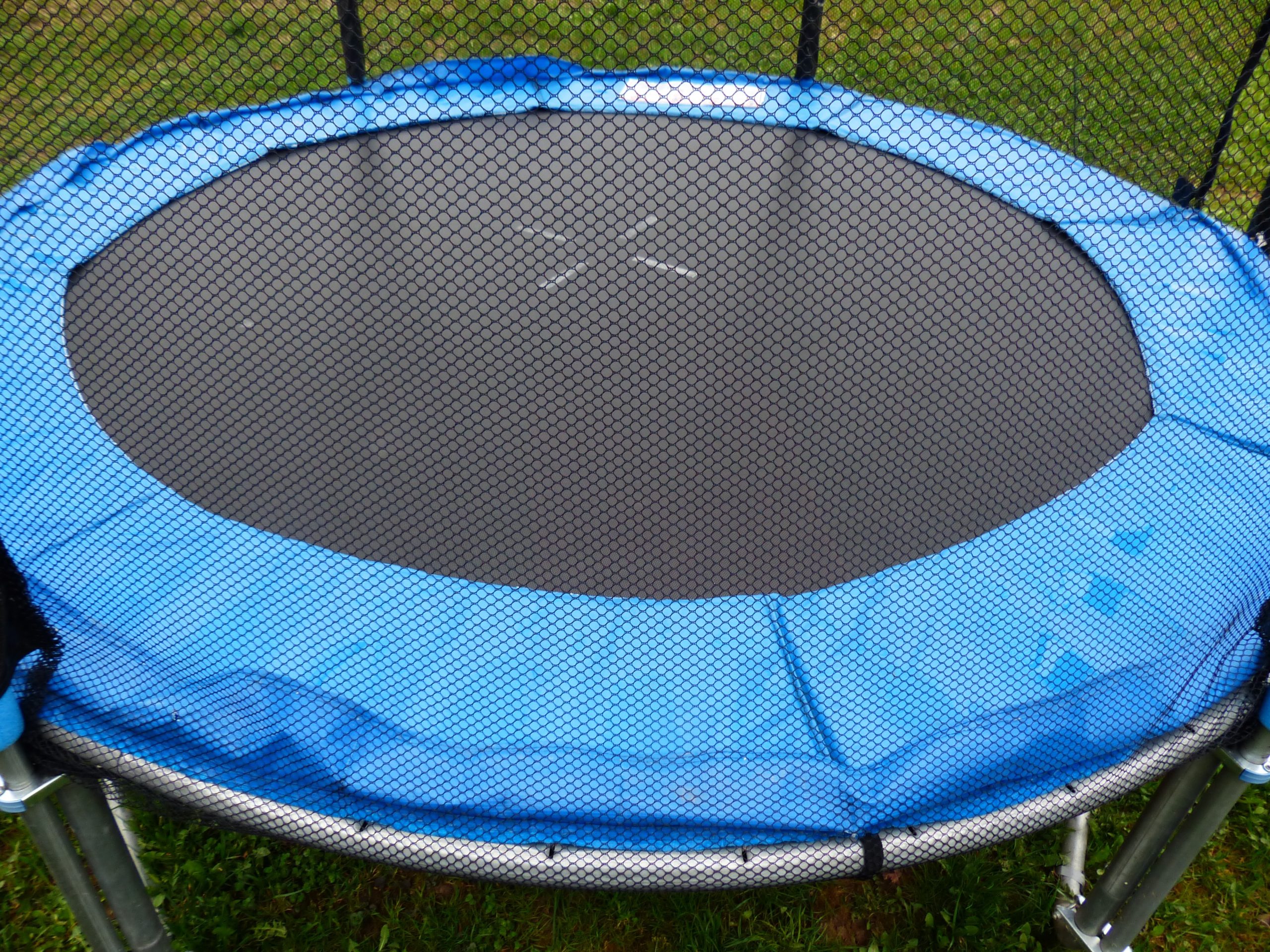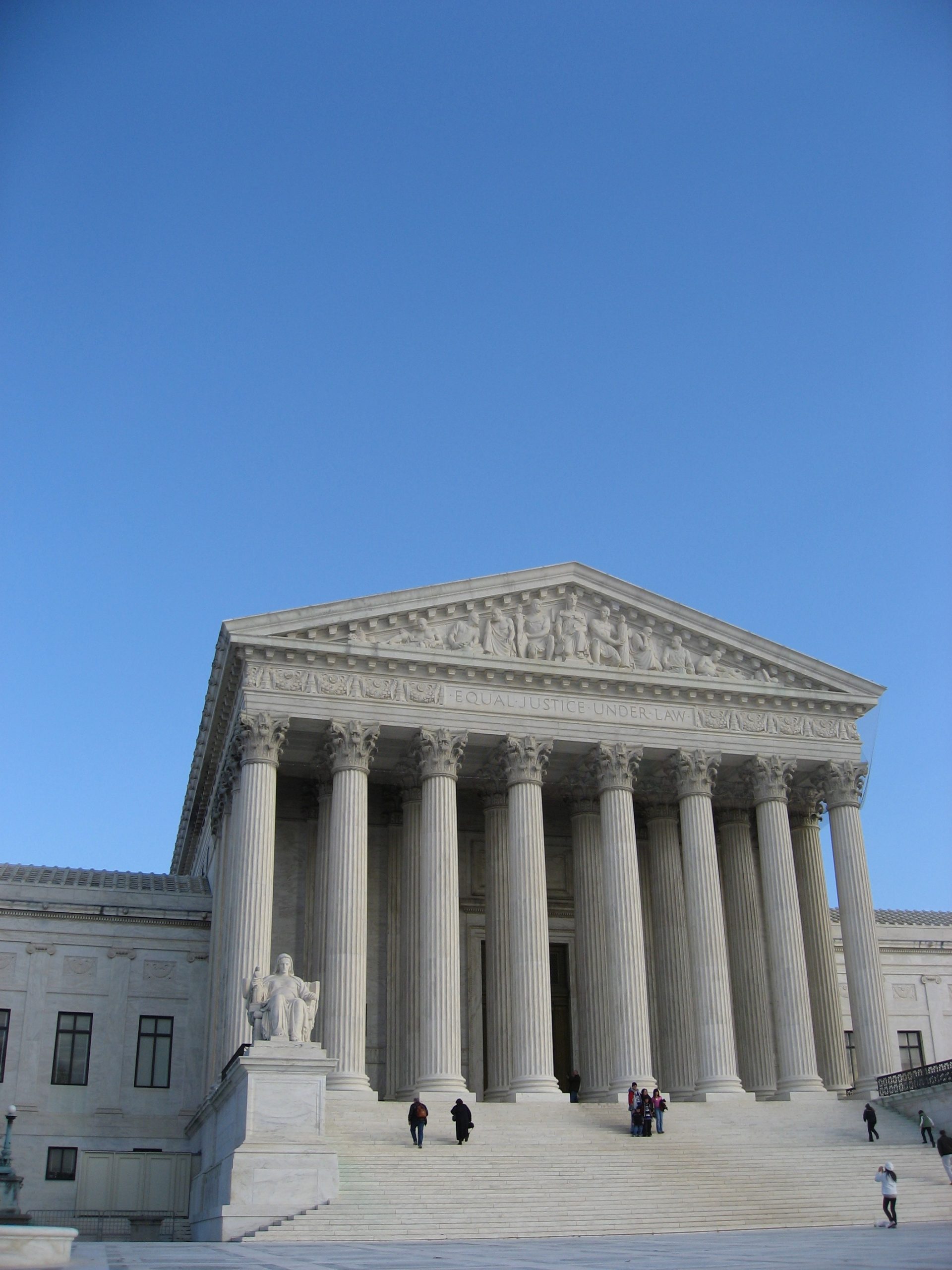 If you have experienced symptoms from working in a moldy work environment, you might think you are entitled to recover from your employer. However, navigating the Workers’ Compensation system can be challenging partly because of the distinct and often complicated vocabulary in the statutes. This case involves defining an occupational disease under the Louisiana Workers’ Compensation Act.
If you have experienced symptoms from working in a moldy work environment, you might think you are entitled to recover from your employer. However, navigating the Workers’ Compensation system can be challenging partly because of the distinct and often complicated vocabulary in the statutes. This case involves defining an occupational disease under the Louisiana Workers’ Compensation Act.
Angela Lyle worked in the payroll department at Brock Services. Her office was in a trailer in Norco, Louisiana, at the Valero plant. Lyle claimed she saw mold throughout the trailer that increased over the two years she worked at the site. She suffered from fatigue, burning eyes, sores, and other symptoms. After suffering a nosebleed, she underwent a medical evaluation. Testing confirmed mold was present in the office, so Lyle’s trailer was replaced. Once the trailer was replaced, some of Lyle’s symptoms went away, but others persisted, and new symptoms emerged.
She resigned and was diagnosed with sarcoidosis in her lungs and lymph nodes. She then filed a claim with the Workers’ Compensation, claiming she had suffered an occupational disease and was entitled to damages. The workers’ compensation judge denied her claim as neither her mold exposure nor the development of sarcoidosis qualified as an occupational disease or accident under the Louisiana Workers’ Compensation Act. Brock filed a summary judgment motion, arguing Lyle could not establish sarcoidosis was an occupational disease. The workers’ compensation judge granted Brock’s summary judgment motion, finding Lyle’s sarcoidosis was not an “occupational disease. Lyle appealed, arguing the workers’ compensation judge ignored the definition of an “occupational disease” under the Louisiana Workers’ Compensation Act.
 Insurance Dispute Lawyer Blog
Insurance Dispute Lawyer Blog


 Statutory employer immunity is critical in determining liability and compensation for workplace injuries in workers’ compensation. The following case is an example where the court had to decide whether the defendant was entitled to statutory employer immunity under the dual contract theory provided for in
Statutory employer immunity is critical in determining liability and compensation for workplace injuries in workers’ compensation. The following case is an example where the court had to decide whether the defendant was entitled to statutory employer immunity under the dual contract theory provided for in  In the legal system, dissenting opinions, i.e., opinions delivered by one or more judges who disagree with the decision, play a crucial role in shaping the interpretation and application of the law. They provide valuable insights into alternative viewpoints, often sparking discussion and debate and ultimately leading to the evolution of jurisprudence. One such notable dissenting opinion can be found in the case of Christopher Blanchard v. Demetrius J. Hicks et al., authored by Justice Cooks. In this blog post, we look at the case, the arguments made in the dissent, and the importance of dissent in the legal landscape.
In the legal system, dissenting opinions, i.e., opinions delivered by one or more judges who disagree with the decision, play a crucial role in shaping the interpretation and application of the law. They provide valuable insights into alternative viewpoints, often sparking discussion and debate and ultimately leading to the evolution of jurisprudence. One such notable dissenting opinion can be found in the case of Christopher Blanchard v. Demetrius J. Hicks et al., authored by Justice Cooks. In this blog post, we look at the case, the arguments made in the dissent, and the importance of dissent in the legal landscape. Gender Discrimination has unfortunately been around for as long as time, infiltrating many corners of people’s lives. But when you feel discriminated against at your high school, the lawsuit process can be much trickier than some might think. The Court of Appeals for the Fifth Circuit addresses whether a Title IX claim can be brought and successfully won when a picture is posted to the internet, violating a school’s policy.
Gender Discrimination has unfortunately been around for as long as time, infiltrating many corners of people’s lives. But when you feel discriminated against at your high school, the lawsuit process can be much trickier than some might think. The Court of Appeals for the Fifth Circuit addresses whether a Title IX claim can be brought and successfully won when a picture is posted to the internet, violating a school’s policy.  Wills and testaments often lead to family drama after a family member dies. Fights over control, money, and inheritance can lead to many legal and emotional battles. When those battles of power come to a legal setting, how do courts assess if a will has validly identified a new overseer of the estate?
Wills and testaments often lead to family drama after a family member dies. Fights over control, money, and inheritance can lead to many legal and emotional battles. When those battles of power come to a legal setting, how do courts assess if a will has validly identified a new overseer of the estate? Sometimes, those delightful recreational activities we all enjoy carry an inherent risk. Often, we assume the risk of those injuries when we engage in that potentially reckless conduct. Knowing your legal options following these injuries is necessary, mainly because recovering for these somewhat ordinary injuries can be difficult. What does it look like when a party cannot recover for a recreational injury–here, an injury from a trampoline park visit?
Sometimes, those delightful recreational activities we all enjoy carry an inherent risk. Often, we assume the risk of those injuries when we engage in that potentially reckless conduct. Knowing your legal options following these injuries is necessary, mainly because recovering for these somewhat ordinary injuries can be difficult. What does it look like when a party cannot recover for a recreational injury–here, an injury from a trampoline park visit? Picture this: you’re enjoying your daily dose of local news when your name surfaces amidst a hailstorm of defamatory allegations. Your reputation takes a blow, and you decide to fight back by filing a lawsuit. This might sound like a gripping storyline from a TV courtroom drama, but for Mary R, this was a harsh reality. Today we’ll delve into her case, a fascinating battle highlighting the intriguing intersections between public figures, free speech, and defamation law.
Picture this: you’re enjoying your daily dose of local news when your name surfaces amidst a hailstorm of defamatory allegations. Your reputation takes a blow, and you decide to fight back by filing a lawsuit. This might sound like a gripping storyline from a TV courtroom drama, but for Mary R, this was a harsh reality. Today we’ll delve into her case, a fascinating battle highlighting the intriguing intersections between public figures, free speech, and defamation law. Louisiana’s Workers’ Compensation fund exists to pay employees injured at work. Payment can be used for medical care and lost wages. When parties sign a settlement agreement on payment terms, an employee may assume payment is imminent. In a recent case from Rapides Parish, an employee discovered some conditions in a settlement may delay payment.
Louisiana’s Workers’ Compensation fund exists to pay employees injured at work. Payment can be used for medical care and lost wages. When parties sign a settlement agreement on payment terms, an employee may assume payment is imminent. In a recent case from Rapides Parish, an employee discovered some conditions in a settlement may delay payment.  The fundamental right to due process is a cornerstone of constitutional protection, ensuring that individuals are treated fairly within legal proceedings. Nevertheless, the delicate line between potential bias and genuine due process violations is not always easily discernible. A telling example can be found in a noteworthy case from East Baton Rouge, where the revocation of a psychologist’s license came under scrutiny for alleged due process infringements. This case probes the intricate considerations surrounding bias, procedure, and the boundary between legitimate legal actions and violations of constitutional rights.
The fundamental right to due process is a cornerstone of constitutional protection, ensuring that individuals are treated fairly within legal proceedings. Nevertheless, the delicate line between potential bias and genuine due process violations is not always easily discernible. A telling example can be found in a noteworthy case from East Baton Rouge, where the revocation of a psychologist’s license came under scrutiny for alleged due process infringements. This case probes the intricate considerations surrounding bias, procedure, and the boundary between legitimate legal actions and violations of constitutional rights. When an injury related to a product occurs, assigning fault can involve multiple parties. In personal injury litigation, crucial legal questions arise regarding whom the plaintiff can seek compensation from, if anyone, and the underlying theory of liability. The following case offers a valuable exploration of common liability theories often encountered in product-related injury cases.
When an injury related to a product occurs, assigning fault can involve multiple parties. In personal injury litigation, crucial legal questions arise regarding whom the plaintiff can seek compensation from, if anyone, and the underlying theory of liability. The following case offers a valuable exploration of common liability theories often encountered in product-related injury cases.